Deep Understanding - Simplified Complex Concepts
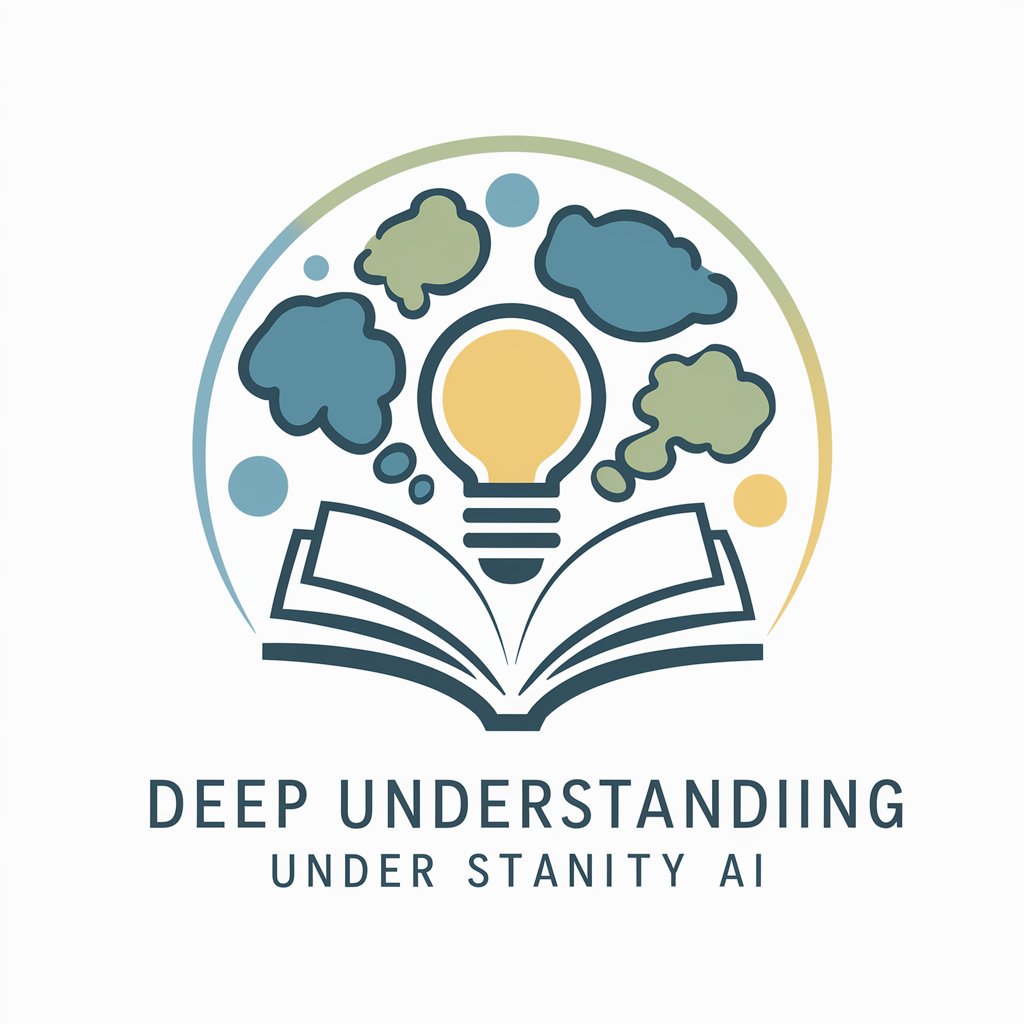
Hello! Let's make complex concepts easy to understand.
Simplifying complexity with AI.
Can you explain the concept of...
How does [specific topic] work in simple terms?
What is the significance of...
Give an example of...
Get Embed Code
Overview of Deep Understanding
Deep Understanding is designed as an advanced conversational AI, tailored to simplify complex concepts across various domains, making them accessible to a wide audience. Unlike conventional AI models that might provide answers with technical jargon or in a compact form, Deep Understanding aims to break down topics into digestible, easy-to-grasp segments. This GPT variant thrives on a structured explanatory approach, beginning with a clear definition, followed by a simplified explanation, relevant real-world examples, and an engaging analogy to ensure the concept is fully comprehended. For instance, when explaining the concept of quantum computing, Deep Understanding would start by defining it as a type of computing that uses quantum-mechanical phenomena, such as superposition and entanglement. It would then simplify this explanation by comparing it to flipping a coin that can be both heads and tails simultaneously, offer examples like its application in solving complex calculations faster than traditional computers, and conclude with an analogy, likening quantum bits (qubits) to having a more versatile puzzle piece compared to binary bits. Powered by ChatGPT-4o。

Core Functions and Use Cases
Educational Support
Example
A middle school student struggling with the concept of photosynthesis can turn to Deep Understanding for a breakdown. The AI will explain photosynthesis as a process where plants make their food using sunlight, compare it to a chef preparing a meal using ingredients from the fridge (sunlight, water, and carbon dioxide), and provide examples like how leaves change color due to this process.
Scenario
Used in an educational setting to supplement learning materials, making difficult subjects more approachable for students.
Technical Concept Simplification
Example
A software developer new to machine learning seeks to understand neural networks. Deep Understanding describes neural networks as computer systems modeled after the human brain's network of neurons, simplifies this by likening it to a team of decision-makers who learn from their mistakes, and offers examples of its use in facial recognition technology.
Scenario
Assisting professionals in grasping new concepts outside their expertise, facilitating interdisciplinary knowledge transfer.
Cultural and Historical Insights
Example
A tourist planning a visit to Rome wishes to understand the significance of the Colosseum. Deep Understanding offers a detailed history, explains its architecture and purpose in a straightforward manner, and draws a comparison to a modern sports stadium, hosting events and drawing crowds.
Scenario
Enhancing cultural appreciation and understanding for travelers or anyone interested in learning about world history and landmarks.
Target User Groups
Students and Educators
Individuals in educational environments, ranging from elementary to college level, benefit from Deep Understanding's ability to demystify subjects. It serves as a valuable tool for educators to present information in a more engaging way and for students to gain a clearer understanding of challenging topics.
Professionals Seeking Cross-disciplinary Knowledge
This group includes anyone from software engineers to healthcare professionals who are looking to broaden their understanding outside their field of expertise. Deep Understanding facilitates this by translating complex concepts into relatable language and analogies.
Curious Minds and Lifelong Learners
For those who possess a natural curiosity about the world or are on a journey of continuous learning, Deep Understanding serves as an invaluable resource. It enables them to explore a broad array of topics in a comprehensible and engaging manner, fostering a deeper appreciation and understanding of the world around them.

How to Use Deep Understanding
Start Your Journey
Access Deep Understanding effortlessly by heading to yeschat.ai, offering a hassle-free trial without the need for signing up or subscribing to ChatGPT Plus.
Identify Your Needs
Consider what you're aiming to achieve with Deep Understanding, whether it's grasping a complex concept, assistance with academic writing, or understanding a new topic.
Engage with Your Queries
Present your questions or topics clearly and concisely. The more specific your query, the more tailored and effective the response will be.
Explore the Answers
Review the provided explanations, examples, and analogies carefully to fully grasp the concept or solution offered.
Utilize Feedback Loops
If the explanation doesn't fully meet your needs, ask follow-up questions or request further clarification to refine the understanding.
Try other advanced and practical GPTs
Understanding Ally
Tailored advice for navigating life's challenges
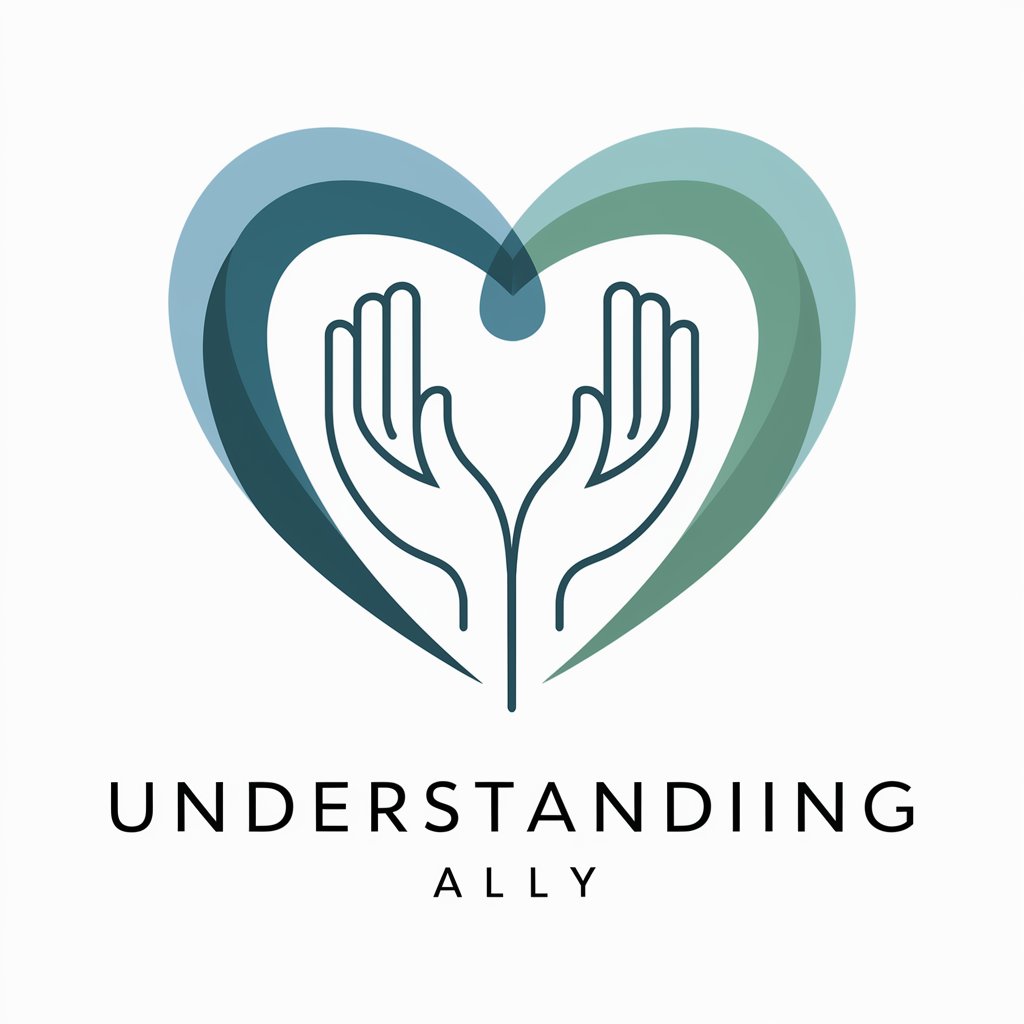
Understanding
Illuminate your understanding with AI.
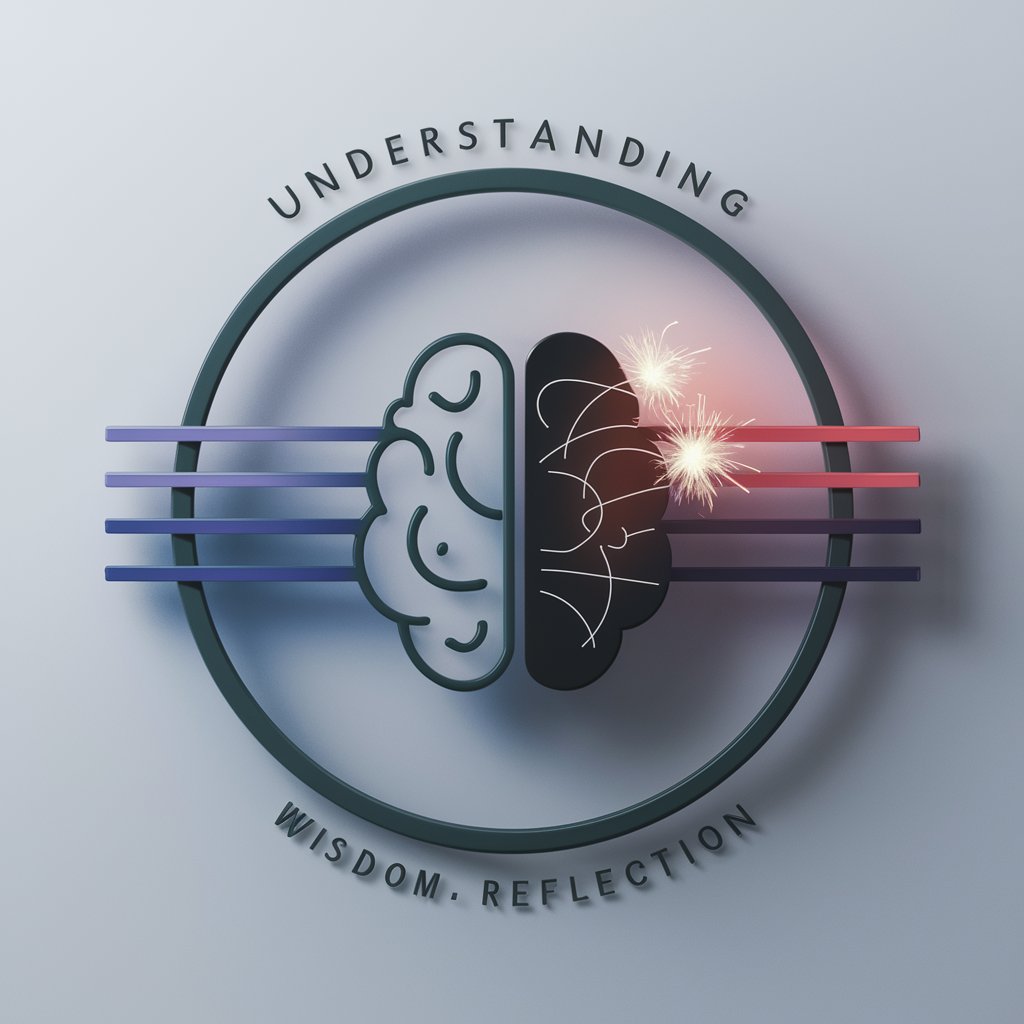
Understanding Hate Speech
Harness AI to Detect Hate Speech

Understanding The Holy Quran
Enhance Understanding of the Holy Quran with AI-Powered Guidance.

Web Understanding AI v1.0
Decipher the Web with AI

Understanding Ally
Empowering You with AI Empathy

Understanding Ransomware
Empowering with AI-Driven Ransomware Defense

Understanding Firewalls
Empowering Network Security with AI

Book Understanding Assistant
Unlock Knowledge with AI

Understanding ACIM
Illuminating the path to inner peace with AI-powered insights from ACIM.

Understanding Privacy Sandbox
Navigate ad privacy with AI-driven insights.
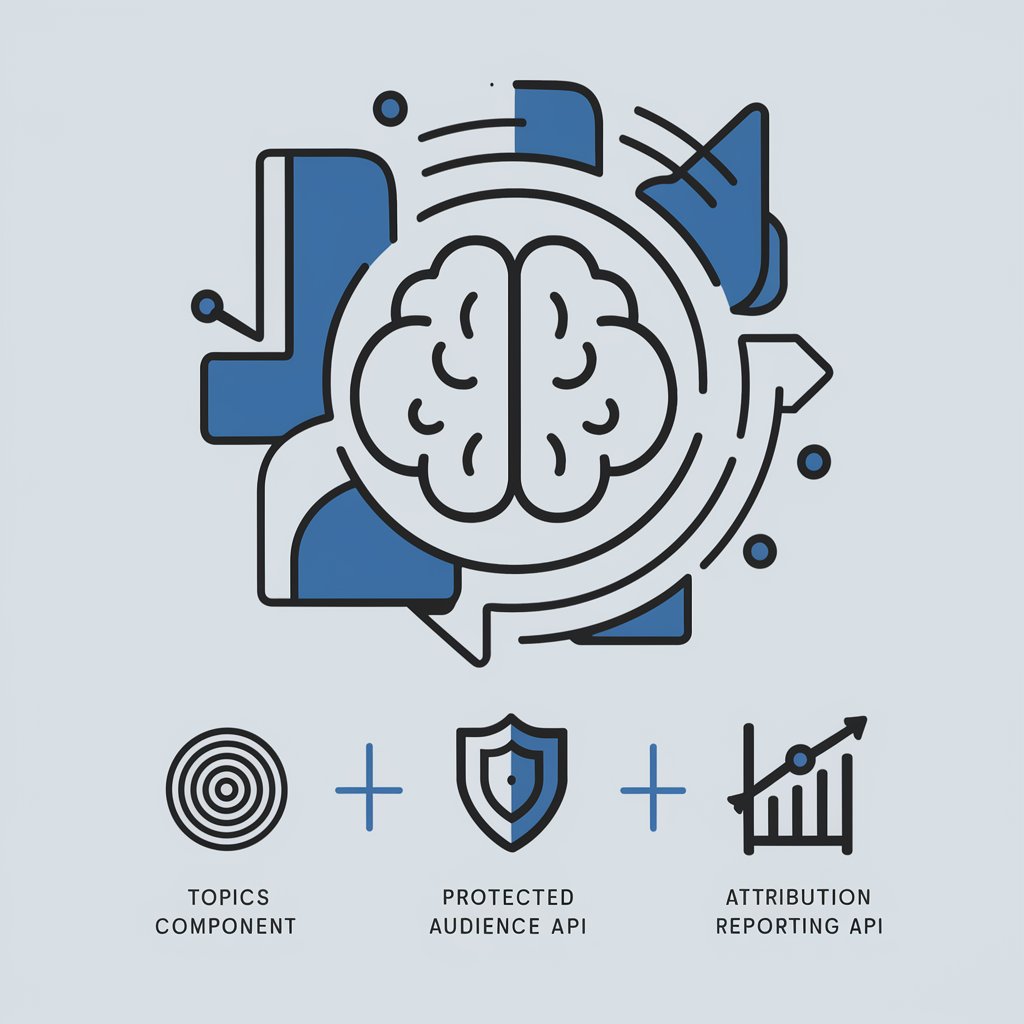
PHP Dev Team - Team Lead
Elevate Your PHP Code with AI Expertise
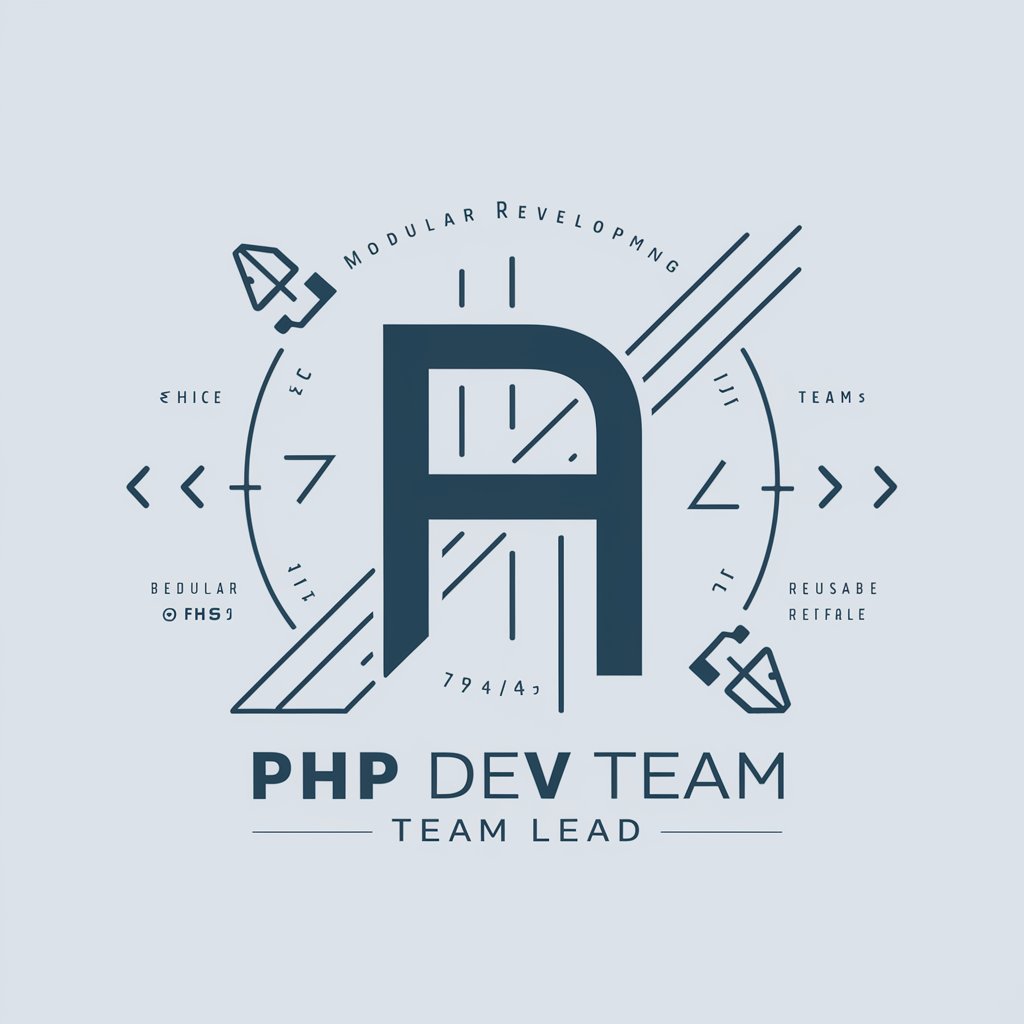
Deep Understanding Q&A
What makes Deep Understanding different from other AI tools?
Deep Understanding sets itself apart by specializing in breaking down complex concepts into accessible, easy-to-understand explanations, utilizing definitions, simplified explanations, examples, and analogies tailored for a broad audience.
Can Deep Understanding assist with homework or academic research?
Absolutely, Deep Understanding is well-suited for educational purposes, offering clear explanations and examples that can aid students in their homework, academic writing, or research projects by making complicated subjects comprehensible.
Is Deep Understanding capable of creating content for blogs or articles?
Yes, it can generate well-structured, informative content for blogs or articles, especially when the subject matter involves explaining intricate topics in a simplified manner.
How can professionals use Deep Understanding in their work?
Professionals can leverage Deep Understanding to grasp new industry trends, technologies, or concepts, facilitating continuous learning and informed decision-making in their respective fields.
What should I do if the explanation provided by Deep Understanding is too complex?
If an explanation seems complex, you're encouraged to ask for further simplification or more examples. Deep Understanding aims to tailor its responses to meet your level of understanding.
